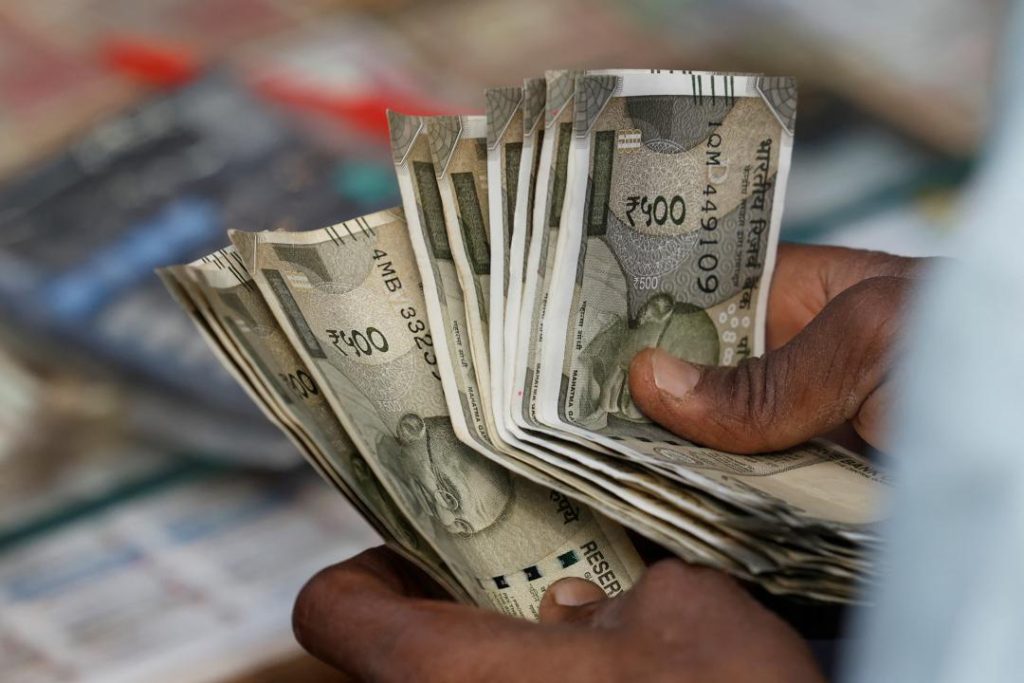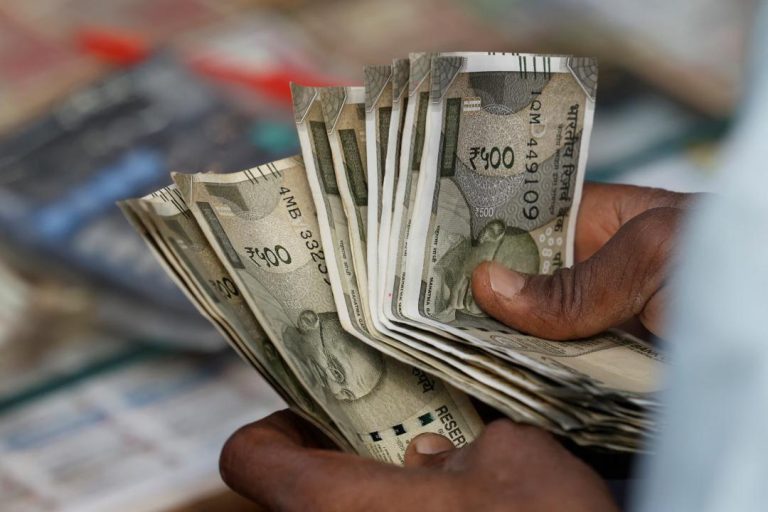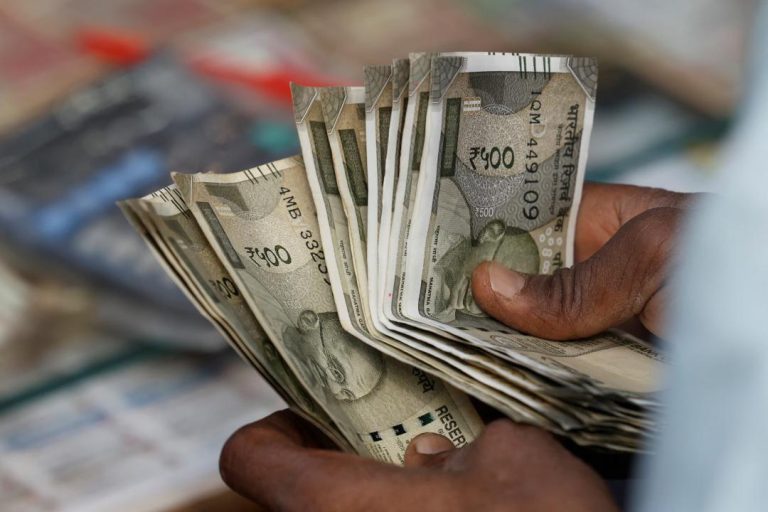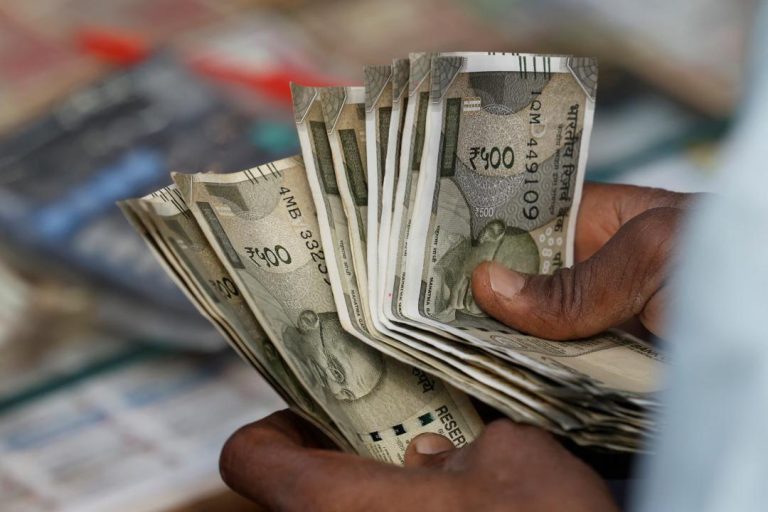
What got cheaper & costlier in March as CPI falls to 67-month-low of 3.34%?
The Consumer Price Index (CPI) in India has reached a 67-month low of 3.34% in March, signaling a significant drop in retail inflation. This decline is a result of the decreasing prices of essential commodities such as eggs, vegetables, and pulses. On the other hand, prices of certain commodities like spices, meat, fish, housing, recreation, and amusement saw a marginal drop, while fruit prices experienced a notable surge. Additionally, prices of several other goods and services, including cereals, milk, oil, sugar, confectionery, clothing, snacks, sweets, pan, tobacco, footwear, fuel, health, and education, witnessed marginal rises.
According to the latest data released by the Press Information Bureau (PIB), the CPI, which measures the average change in prices of a basket of goods and services, has fallen to 3.34% in March, down from 5.03% in February. This decline is a welcome respite for consumers, who have been grappling with rising prices for several months.
The CPI is a widely followed indicator of inflation, and its decline is a sign that the economy is moving in the right direction. The government has been taking steps to control inflation, including measures to boost agricultural production, improve supply chain management, and reduce taxes.
What got cheaper?
The prices of eggs, vegetables, and pulses saw a significant decline in March, contributing to the fall in CPI. Eggs became cheaper by 12.1% year-on-year, followed by vegetables (-11.1%) and pulses (-10.5%). These commodities are essential for a large proportion of the population, and their lower prices will provide relief to consumers.
Other commodities that saw a marginal decline in prices include spices (-0.6%), meat, fish, and poultry (-0.5%), housing (-0.4%), recreation and amusement (-0.3%), and cereals (-0.2%). These declines are likely to have a positive impact on consumer spending and overall economic growth.
What got costlier?
On the other hand, prices of certain commodities saw a notable surge in March. Fruit prices, for instance, increased by 6.5% year-on-year, the highest among all commodities. This increase is likely to have a disproportionate impact on low-income households, who spend a larger proportion of their income on food.
Other commodities that saw marginal rises in prices include milk (0.5%), oil (0.4%), sugar (0.3%), confectionery (0.2%), clothing (0.2%), snacks (0.2%), sweets (0.2%), pan (0.2%), tobacco (0.2%), footwear (0.1%), fuel (0.1%), health (0.1%), and education (0.1%).
These increases are likely to have a negative impact on consumer spending and overall economic growth. However, it is worth noting that the rises are marginal, and the overall CPI remains at a 67-month low.
Impact on the economy
The decline in CPI is likely to have a positive impact on the economy. Lower inflation can lead to increased consumer spending, which can boost economic growth. Additionally, lower prices can reduce the burden on households, allowing them to allocate more resources to other areas, such as savings and investment.
The government is likely to take advantage of this opportunity to boost economic growth. With lower inflation, the Reserve Bank of India (RBI) may consider cutting interest rates, which can make borrowing cheaper and stimulate economic growth.
Conclusion
The decline in CPI to a 67-month low of 3.34% in March is a welcome sign for the economy. The lower prices of essential commodities such as eggs, vegetables, and pulses will provide relief to consumers, while the marginal declines in prices of other commodities will have a positive impact on consumer spending.
However, the surge in fruit prices and marginal rises in prices of other commodities are likely to have a negative impact on consumer spending and overall economic growth. Nevertheless, the overall CPI remains at a 67-month low, which is a positive sign for the economy.
The government and the RBI will need to continue their efforts to control inflation and stimulate economic growth. With lower inflation, the economy is likely to recover from the current slowdown, and consumers can expect to see lower prices and higher purchasing power in the future.
Source:






